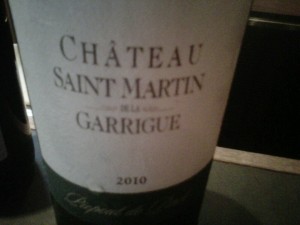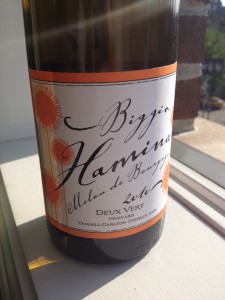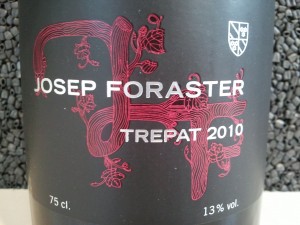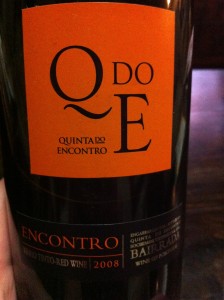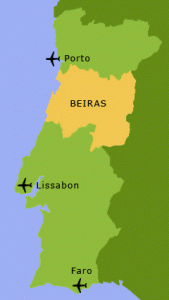
Biodiversity Beginnings
There’s something of a biodiversity movement starting, which might just be the most lasting legacy of foodies the world over. Interest in food, where it comes from, its historical and cultural narrative, is increasingly center stage in mainstream media, even as mainstream media has come to encompass far more than it meant even a decade ago and people spend more time discussing their food values, a concept that simply didn’t exist until recently (exception: Margaret Visser). Along with the food focus comes the desire for exploration, a very human trait that’s easy to identify in such code phrases as the Bering Strait, Magellan and Dr. Livingston I presume. Where once “a tomato” was enough to answer the question of “what’s that vegetable?”, it’s no longer such a simple task of identification. Vocabulary for food has proliferated into a thousand different directions and taken on a fractal life of its own.

Vocab Expansion
Free-range, organic, natural, pesticide-free all show up on the increasingly-lengthy fruit and veggie identification cards at supermarkets. Restaurants that want to signal their upscale classiness sport proper names and link their products to specific geographic sources (Bayley Hazen Blue Cheese from Greensboro, Vermont anyone?), and adjectives – actual adjectives! – now appear before the names of fruits and vegetables. Cherry tomato, beefsteak, cherokee purple, green zebra, black pear, oxacan jewel, purple russian and dozens of others, and that’s just for the tomato.
Smart Biologist Wilson
Really, it seems like a tiny drop in the struggle to preserve biodiversity as economic forces and globalization push to open new markets, exploit new resources and convert the global population into a very interlocked consumer/producer system. E.O. Wilson, a biologist who I had never heard of before last week, has all kinds of great quotes about the importance of biodiversity but the one that stuck with me is this:
The one process now going on that will take millions of years to correct is the loss of genetic and species diversity by the destruction of natural habitats. This is the folly our descendants are least likely to forgive us.
Problem with Eons
Not sure exactly how you tackle that problem in one bite but I think he’s right that it’s not a problem that should be talked about in terms of generations, centuries or even tens of thousands of years. Millions of years is the right time frame to be thinking about the problem. And a group of foodies advocating greater choices in their diets won’t be the answer to solving a problem of that magnitude. But the values they advocate can be part of the solution or, probably better said, those values can be part of the turn away from the cause of the problem. More diversity of plants and more acknowledgement of and discussion about the food we eat will hopefully turn more people to find names like Margaret Visser and E.O. Wilson. Worked at least with one blogger.

Detail Up!
2009 Damilano Langhe from Piedmont, Italy
Taste
Full body bit of oil smell, little acidity, round, medium body, peach.
Generally though, Arneis is known for its pear and apricot flavors. Two other Arneis bottles are described here by noted oenologist Fringe Wine.
Random Googles:
* Arneis nearly went extinct in the 1970s after several hundred years of growing in Italy’s northwest Piedmont region, and only two producers (Vietti and Bruno Giacosa) still made anything with Arneis during that decade. Since then, it’s come back with limited productions in Australia, California and New Zealand. Really though, Piedmont in Italy is where it’s from and where it’s principally grown.
* Arneis means “little rascal” in Piemontese, an actual language from Italy’s Northwest. Why? Well, it’s really hard to grow apparently.
* Traditionally, Arneis was called “Barolo Bianco” (white barolo) since it was blended with red Nebbiolo grapes into that pricery Barolo wine. Once 100% Nebbiolo grapes became the norm, Arneis lost much of its popularity, which contributed to its near-extinction.
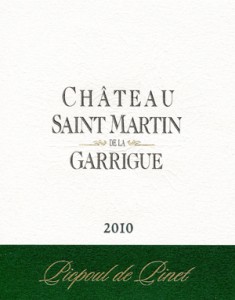 Piquepoul from Languedoc – not famous or spell-able
Piquepoul from Languedoc – not famous or spell-able